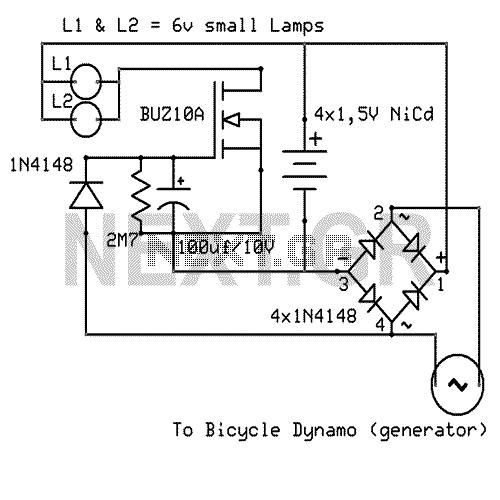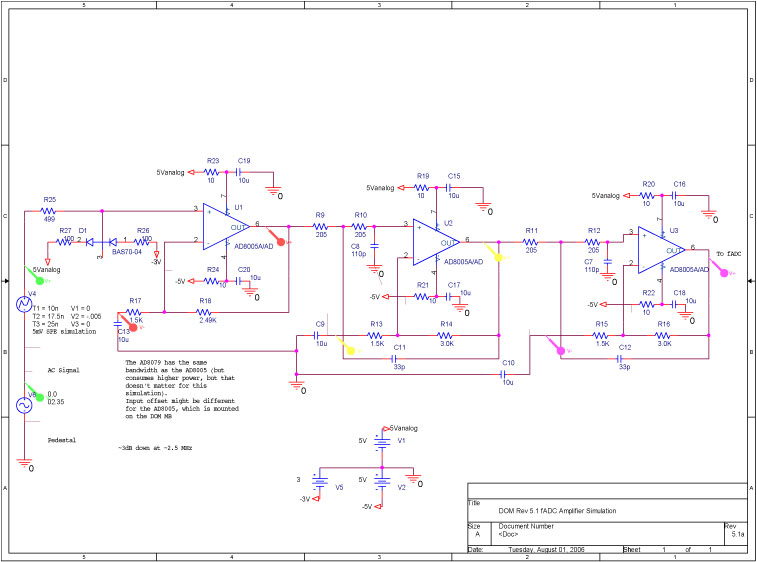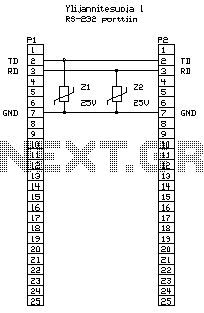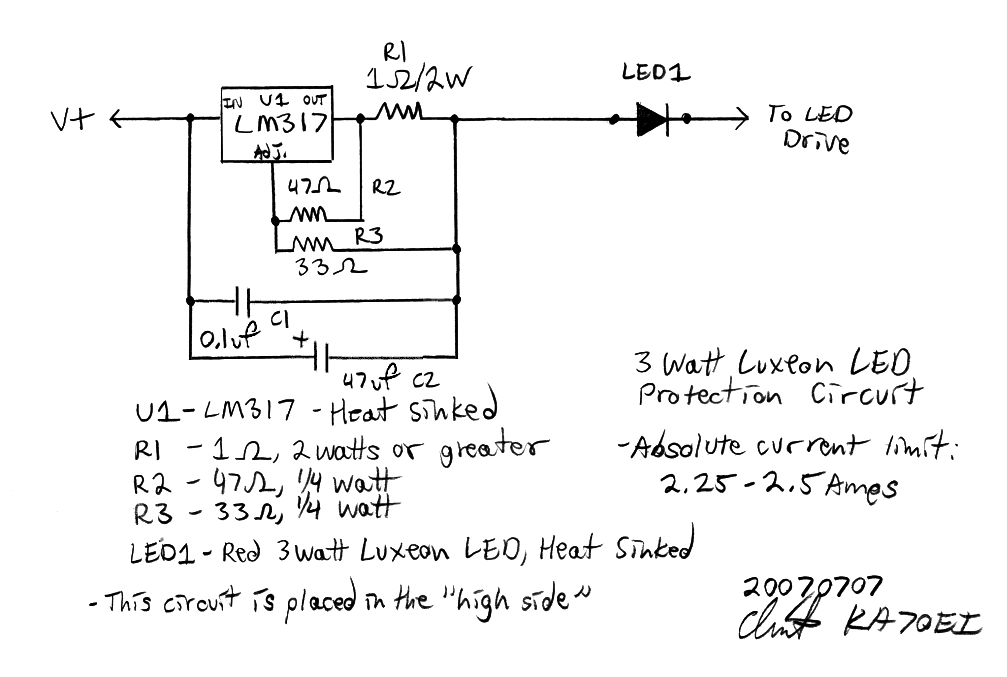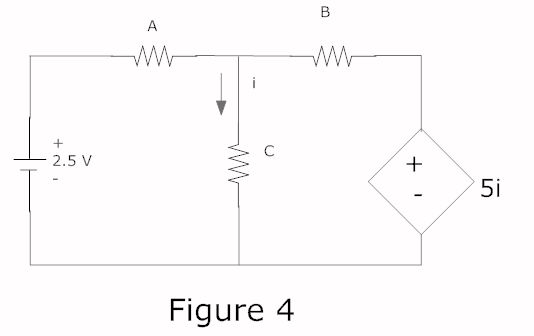
Advanced Simulation for ESD Protection Elements
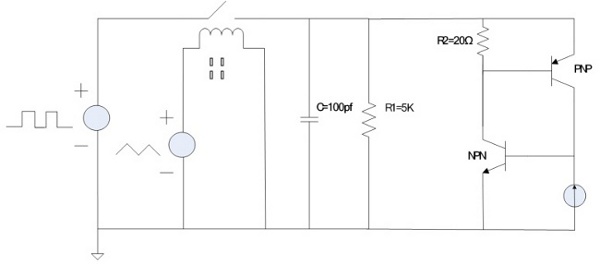
A series of current pulses are applied to the simulated structure, and average currents of the 70% to 90% section of each curve are calculated. Voltage versus time curves are obtained from the simulation, and the average voltage of the 70% to 90% section of each curve is also calculated. Electrostatic discharge (ESD) failure is a significant cause of reliability problems; therefore, the design and optimization of ESD devices are essential. To achieve a rapid time to market and reduce development efforts, the advantages of simulation tools are utilized. However, due to the complex physical mechanisms of ESD events and the challenging mathematical calculations in the snapback region, simulating the current-voltage (I-V) characteristics of ESD protection devices has proven to be difficult. This chapter aims to provide a systematic approach to ESD simulation, encompassing process simulation, device simulation, and circuit level simulation. Process and device simulation effectively evaluate the performance of ESD protection structures. However, to prevent ESD damage, protection circuits are sometimes necessary, which necessitates circuit level simulation. Several process and device simulation tools are available globally, with the most widely used including Tsuprem4/Medici, Athena/Atlas, and Dios/Mdraw/Dessis. Tsuprem4, Athena, and Dios are process simulators, while Medici, Atlas, and Dessis are device simulators. Mdraw is an independent mesh optimization tool; similar functions are integrated into device simulation tools like Medici and Atlas. The process and device simulation methods introduced will be based on Dios/Mdraw/Dessis, except for mixed-mode simulation, which will utilize Tsuprem4/Medici. Circuit level simulation will be conducted on the Cadence platform. The starting point for ESD simulation is constructing an electronic pattern of the device, which can be generated through manual device setup or process simulation. Process simulation provides a more realistic description of the device. The principle of process simulation is to minimize errors that may affect subsequent device simulation. Therefore, the physical models used must be carefully selected. The most critical process steps are implantation and diffusion, which will be discussed in detail. Taking Dios as an example, this section introduces the physical models employed for implantation and diffusion. The implantation models used in Dios consist of analytic implantation models and Monte Carlo implantation models. The Monte Carlo model simulates at the atomic level but is time-consuming, making it unsuitable for most ESD simulations. Analytic implantation models are analyzed using a series of distribution functions, including the Gaussian distribution function, Pearson distribution function, Pearson-IV distribution function (P4), Pearson-IV distribution with linear exponential tail function (P4S), Pearson-IV distribution with general exponential tail function (P4K), Gaussian distribution with general exponential tail function (GK), jointed half-Gaussian distribution function (JHG), and jointed half-Gaussian distribution with general exponential tail function (JHGK). These eight distribution functions are referred to as single primary distribution functions. The complex expressions of these functions are not discussed here, but can be found in the DIOS User's Manual. The single primary distribution functions describe the relationship between impurity distribution and seven key parameters determined by the implantation process step. The seven key parameters include RP (Rp), STDV (ƒp), and STDVSec.
The design and simulation of ESD protection devices are critical for ensuring the reliability of electronic systems. The process simulation phase is essential for creating an accurate representation of the device structure, which directly influences the effectiveness of the subsequent device simulation. By utilizing advanced software tools such as Dios, engineers can model and analyze the implantation and diffusion processes that introduce impurities into semiconductor materials.
The implantation process involves bombarding the substrate with ions to modify its electrical properties, while diffusion allows these impurities to spread through the material, creating regions of varying conductivity. The choice of implantation and diffusion models is crucial, as they dictate the accuracy of the impurity profiles within the device. Analytic models provide a balance between computational efficiency and accuracy, which is particularly important in ESD simulations where rapid iterations are often necessary.
In the circuit level simulation phase, the integrated protection circuits must be tested under various ESD conditions to assess their performance. This involves simulating potential ESD events and observing how the protection circuits respond in terms of voltage clamping and current handling capabilities. The use of the Cadence platform allows for comprehensive analysis, including transient simulations that can capture the rapid changes in voltage and current during an ESD event.
Overall, the systematic approach to ESD simulation, encompassing process, device, and circuit level simulations, enables engineers to optimize ESD protection designs effectively. By leveraging simulation tools and methodologies, the development cycle can be shortened, leading to quicker deployment of reliable electronic devices in the market.Series of current pulses are imposed on the structure simulated, and average currents of the 70%~90% section of each curve are calculated, (b) Voltage vs. time curves are obtained from the simulation. And the average voltage of the 70%~90% section of each curve is calculated. Electrostatic discharge (ESD) failure is one of the most important causes of reliability problems, therefore the design and optimization of ESD devices have to be done. To achieve very short time to market and reduce the development effort, one tries to make use of the benefit of simulation tools. However, due to the complex physical mechanism of ESD events and the hard mathematic calculation in the snapback region, simulation of the I-V characteristic of ESD protection devices has been proved to be difficult.
This chapter aims at providing a systematic way to ESD simulation, including the process simulation, device simulation and circuit level simulation. Process/device simulation offers an effective way to evaluate the performance of ESD protection structures.
However, to prevent the injury of ESD, protection circuits are used sometimes. Therefore circuit level simulation is needed. There are several process/device simulation tools in the world, the most widely used of which include Tsuprem4/Medici, Athena/Atlas and Dios/Mdraw/Dessis. Tsuprem4, Athena and Dios are process simulators, while Medici, Atlas and Dessis are device simulators.
Mdraw is an independent mesh optimization tool, and the similar functions are integrated in device simulation tools, such as Medici and Atlas. The process and device simulation methods introduced in the following will be based on Dios/Mdraw/Dessis, except for the mixed-mode simulation, which is based on Tsuprem4/Medici.
And the circuit level simulation will be carried out on the Candence platform. The starting point of ESD simulation is to construct an electronic pattern of the device which can be generated by manual device set-up or process simulation. And obviously, process simulation provides more realistic description of the device. The principle of process simulation is to minimize the errors that might be brought into the following device simulation.
Therefore, the physical models used should be carefully chosen. The most important process steps are implantation and diffusion which will be discussed in the following. Taking Dios for example, this section will introduce physical models used for implantation and diffusion.
The implantation models used in Dios consists of analytic implantation models and Monte Carlo implantation model. Monte Carlo implantation model simulates at the atomic level, and it consumes too much time, therefore, in most cases, it is not suitable for ESD simulation.
Analytic implantation models are analyzed by series of distribution functions, including Gauss distribution function, Pearson distribution function, Pearson-IV distribution function (P4), Pearson- IV distribution with linear exponential tail function (P4S), Pearson- IV distribution with general exponential tail function (P4K), Gauss distribution with general exponential tail function (GK), Jointed half-Gauss distribution function (JHG), Jointed half-Gauss distribution with general exponential tail function (JHGK). The eight distribution functions are called single primary distribution functions. The complicated expressions of the functions will not be discussed here, and all of them can be found in the DIOS USER`S MANUAL.
The single primary distribution functions describe the relationship between impurity distribution and seven key parameters, which are determined by implantation process step. The seven key parameters are RP (Rp), STDV ( ƒp), STDVSec 🔗 External reference
The design and simulation of ESD protection devices are critical for ensuring the reliability of electronic systems. The process simulation phase is essential for creating an accurate representation of the device structure, which directly influences the effectiveness of the subsequent device simulation. By utilizing advanced software tools such as Dios, engineers can model and analyze the implantation and diffusion processes that introduce impurities into semiconductor materials.
The implantation process involves bombarding the substrate with ions to modify its electrical properties, while diffusion allows these impurities to spread through the material, creating regions of varying conductivity. The choice of implantation and diffusion models is crucial, as they dictate the accuracy of the impurity profiles within the device. Analytic models provide a balance between computational efficiency and accuracy, which is particularly important in ESD simulations where rapid iterations are often necessary.
In the circuit level simulation phase, the integrated protection circuits must be tested under various ESD conditions to assess their performance. This involves simulating potential ESD events and observing how the protection circuits respond in terms of voltage clamping and current handling capabilities. The use of the Cadence platform allows for comprehensive analysis, including transient simulations that can capture the rapid changes in voltage and current during an ESD event.
Overall, the systematic approach to ESD simulation, encompassing process, device, and circuit level simulations, enables engineers to optimize ESD protection designs effectively. By leveraging simulation tools and methodologies, the development cycle can be shortened, leading to quicker deployment of reliable electronic devices in the market.Series of current pulses are imposed on the structure simulated, and average currents of the 70%~90% section of each curve are calculated, (b) Voltage vs. time curves are obtained from the simulation. And the average voltage of the 70%~90% section of each curve is calculated. Electrostatic discharge (ESD) failure is one of the most important causes of reliability problems, therefore the design and optimization of ESD devices have to be done. To achieve very short time to market and reduce the development effort, one tries to make use of the benefit of simulation tools. However, due to the complex physical mechanism of ESD events and the hard mathematic calculation in the snapback region, simulation of the I-V characteristic of ESD protection devices has been proved to be difficult.
This chapter aims at providing a systematic way to ESD simulation, including the process simulation, device simulation and circuit level simulation. Process/device simulation offers an effective way to evaluate the performance of ESD protection structures.
However, to prevent the injury of ESD, protection circuits are used sometimes. Therefore circuit level simulation is needed. There are several process/device simulation tools in the world, the most widely used of which include Tsuprem4/Medici, Athena/Atlas and Dios/Mdraw/Dessis. Tsuprem4, Athena and Dios are process simulators, while Medici, Atlas and Dessis are device simulators.
Mdraw is an independent mesh optimization tool, and the similar functions are integrated in device simulation tools, such as Medici and Atlas. The process and device simulation methods introduced in the following will be based on Dios/Mdraw/Dessis, except for the mixed-mode simulation, which is based on Tsuprem4/Medici.
And the circuit level simulation will be carried out on the Candence platform. The starting point of ESD simulation is to construct an electronic pattern of the device which can be generated by manual device set-up or process simulation. And obviously, process simulation provides more realistic description of the device. The principle of process simulation is to minimize the errors that might be brought into the following device simulation.
Therefore, the physical models used should be carefully chosen. The most important process steps are implantation and diffusion which will be discussed in the following. Taking Dios for example, this section will introduce physical models used for implantation and diffusion.
The implantation models used in Dios consists of analytic implantation models and Monte Carlo implantation model. Monte Carlo implantation model simulates at the atomic level, and it consumes too much time, therefore, in most cases, it is not suitable for ESD simulation.
Analytic implantation models are analyzed by series of distribution functions, including Gauss distribution function, Pearson distribution function, Pearson-IV distribution function (P4), Pearson- IV distribution with linear exponential tail function (P4S), Pearson- IV distribution with general exponential tail function (P4K), Gauss distribution with general exponential tail function (GK), Jointed half-Gauss distribution function (JHG), Jointed half-Gauss distribution with general exponential tail function (JHGK). The eight distribution functions are called single primary distribution functions. The complicated expressions of the functions will not be discussed here, and all of them can be found in the DIOS USER`S MANUAL.
The single primary distribution functions describe the relationship between impurity distribution and seven key parameters, which are determined by implantation process step. The seven key parameters are RP (Rp), STDV ( ƒp), STDVSec 🔗 External reference
